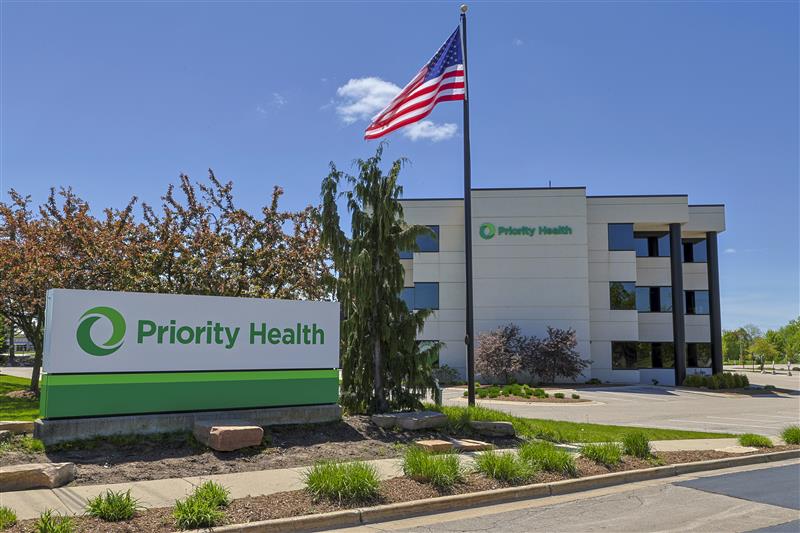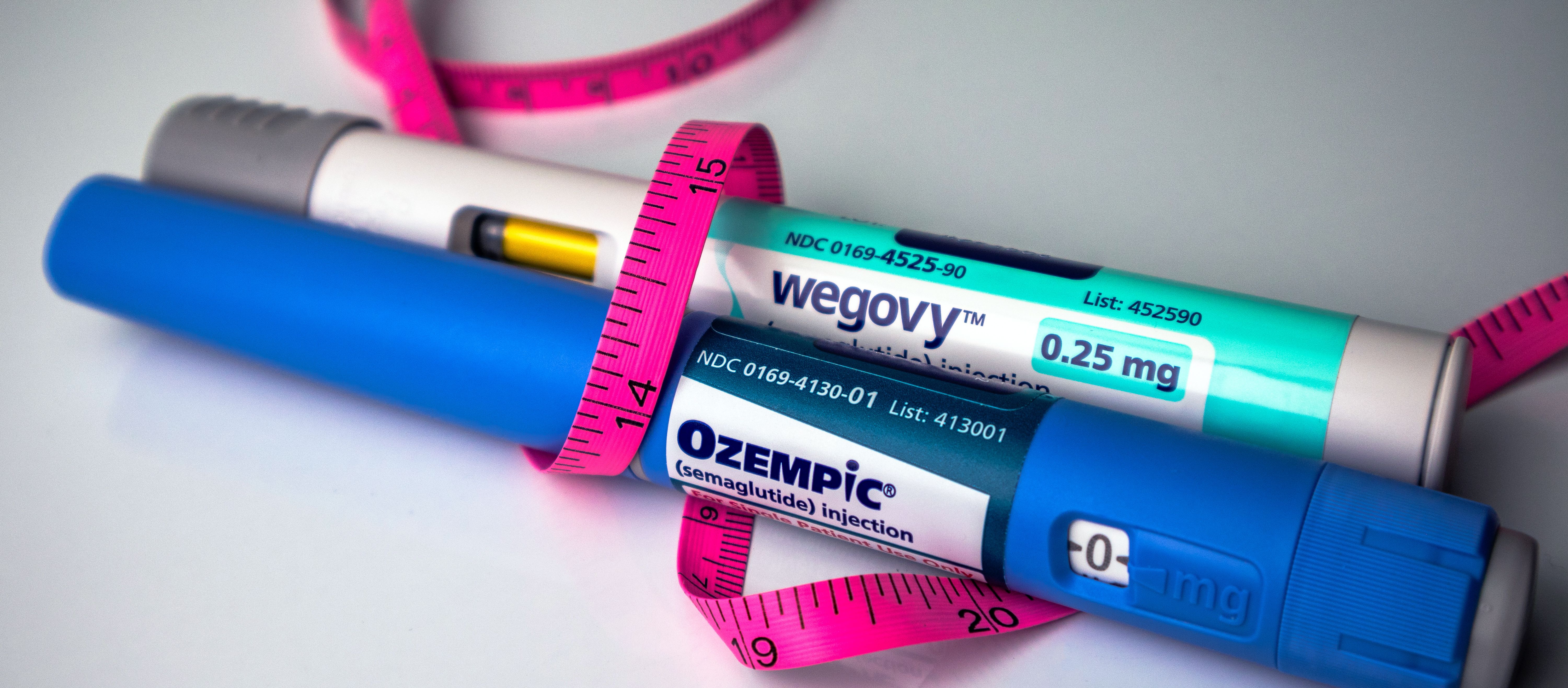Video
Jill Hutt on How Employers Encourage DPP Participation
Author(s):
Jill Hutt, vice president of member services at the Greater Philadelphia Business Coalition on Health (GPBCH), discusses different ways employers motivate employees to partake in the Diabetes Prevention Program (DPP).
Employers have gotten creative in using a variety of means to motivate employees, said Jill Hutt, vice president of member services at the Greater Philadelphia Business Coalition on Health (GPBCH), when speaking to the results of Diabetes Prevention Program (DPP) implementation.
Transcript:
How do empoyers motivate employees to partake in the DPP?
Some will utilize wellness points, where they can adapt the National DPP into their wellness offerings, for example, the wellness program being an umbrella, where the National DPP can reside, whether it does or for promotional purposes. For example, people can earn points. They could be financial points; they could be points toward, for example, getting a tracker device, perhaps an Apple Watch, etc. So employers have gotten creative in using a variety of initiatives to engage employees, and importantly too, they have to look at where their workforce lives and resides and the kind of work they do. For example, some employees might be working independently from home. Other employees might be in a group at an office setting, or they might be out in the field doing construction. So employers take all of that into account as well to see how they can motivate employees and engage them. So they also will use what's available with programs such as apps. Some people like to engage with the program online through their phone, others like to engage with it in person, or maybe add a virtual class, which is called distance learning. And so that has helped employers, those sorts of strategies have helped them to get people engaged and involved.
And I'll also mention that, as far as getting the employees to learn about it and get their attention, it can't just happen at open enrollment. Open enrollment is important. And certainly you remind your workforce of all the great programs that are available to them for preventing disease and, during open enrollment, providing them with the messaging and the information. But what has helped employers with the National DPP as well as other things they may promote, is throughout the year having touchpoint communications. Those communications, again, you've got to use all the prongs. So you've got email, you've got texting, you've got snail mail, you've got postcards to the house, you'd have posters at the worksite, and social media. And the employers that utilize those avenues of communication to share key points about why employees should engage in these sorts of programs has helped them increase the engagement in the programs.
Newsletter
Stay ahead of policy, cost, and value—subscribe to AJMC for expert insights at the intersection of clinical care and health economics.





